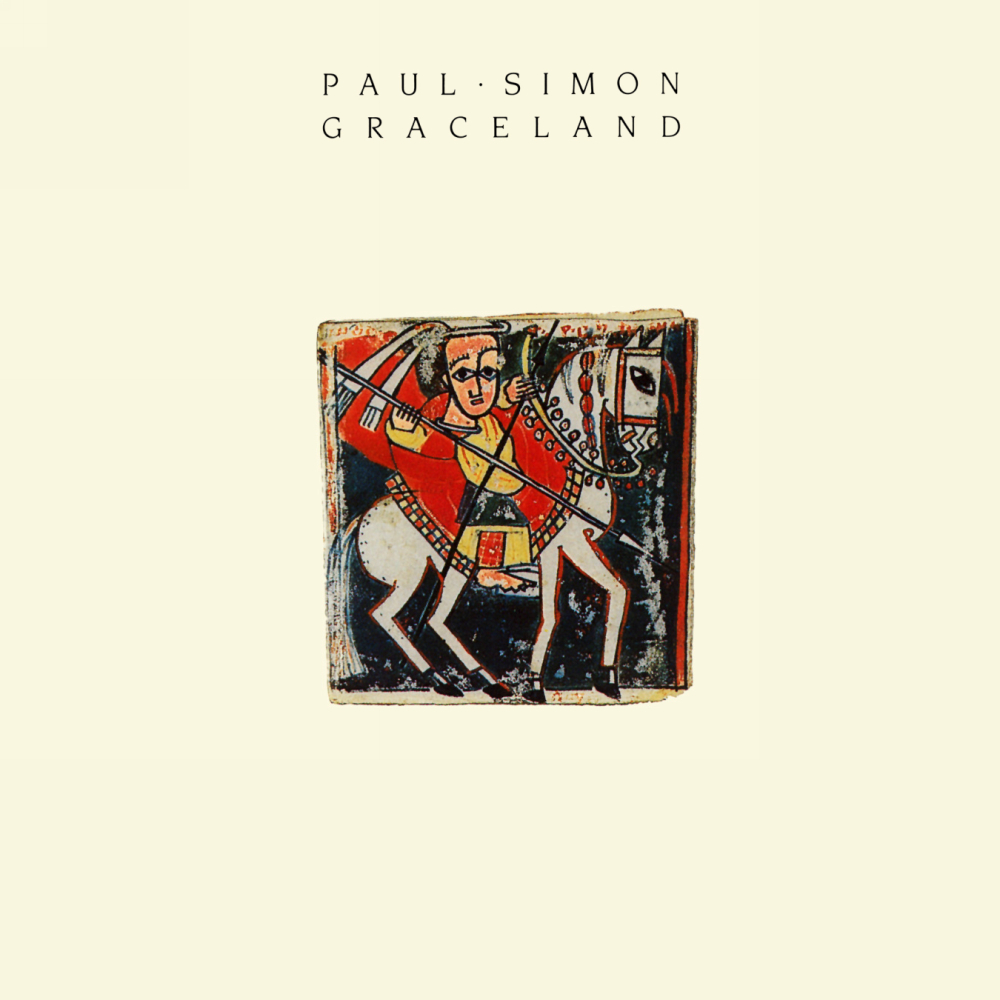Sabbatical Beginnings
Though I was 9 years old when Paul Simon's Graceland was released, I probably didn't give it as serious listen till I was 12 and my family purchased our first CD player. So much sound from shiny plastic. I remember lying on the carpet in front of a sliding glass door, listening to the album, reading liner notes and dreaming of life in Africa instead of suburban California. The lyrics were magical and puzzling incantations that filled me questions about boy in the bubble and the baby with the baboon heart. Among the witty, courting banter of 'I Know What I Know,' Paul prompts the enchanting woman with, 'Aren't you the woman who was recently given a Fulbright?' I learned from my parents that this Fulbright was an award that allowed folks (artists, scientists, teachers...anyone) to travel to far off places and learn about those cultures while sharing our own. Paid to travel the world? Awesome!
Partially inspired by this early impression but largely by the enthusiastic encouragement of Dr. Peter Goodwin from the University of Idaho (a Chile Fulbright Scholar, 2003), I decided to submit an application in partial support of my first sabbatical at Idaho State University. At first I was dazzled by all the options. What would life be like in Cyprus or Kenya or Romania? Each country offered something different with respect to disciplinary emphases, the balance of research vs. teaching and financial support. Some even provide tuition for your kids to go to private school! As my professional pursuits center on arctic geomorphology and mountain hydrology, I tried to remain practical about where my sabbatical would be most fruitful versus which country would offer the most radical reorientation of my world-view. In the end, I drew upon the advice of Dr. Paul Link, another Geosciences faculty at ISU and thought about the decision scientifically. Normally, a ternary diagram is used by geologists and chemists to plot out the relative proportions of a three part mixture. For example, natural sediment is composed of different grain sizes and we name these mixtures based on the proportions of clay, slit and sand (Shepard, 1954).
Partially inspired by this early impression but largely by the enthusiastic encouragement of Dr. Peter Goodwin from the University of Idaho (a Chile Fulbright Scholar, 2003), I decided to submit an application in partial support of my first sabbatical at Idaho State University. At first I was dazzled by all the options. What would life be like in Cyprus or Kenya or Romania? Each country offered something different with respect to disciplinary emphases, the balance of research vs. teaching and financial support. Some even provide tuition for your kids to go to private school! As my professional pursuits center on arctic geomorphology and mountain hydrology, I tried to remain practical about where my sabbatical would be most fruitful versus which country would offer the most radical reorientation of my world-view. In the end, I drew upon the advice of Dr. Paul Link, another Geosciences faculty at ISU and thought about the decision scientifically. Normally, a ternary diagram is used by geologists and chemists to plot out the relative proportions of a three part mixture. For example, natural sediment is composed of different grain sizes and we name these mixtures based on the proportions of clay, slit and sand (Shepard, 1954).
Paul argues that the decision of where to go to graduate school and what to do when you get there can also be plotted on a ternary diagram. This has proved useful in many advising situations and I am indebted to Paul for his sage use of a scientific tool to simplify a very personal decision. Graduate school is also a three component mixture of:
My decision regarding the Fulbright was also a three component mixture where I tried to balance different objectives. Clearly an academic sabbatical needs to result in some professional accomplishment that extends beyond what can be done while fulfilling your normal contractual obligations. Folks write books, design new courses, travel to work with far-away colleagues or reinvent their career. I also wanted to make sure that my sabbatical was also an opportunity to do some measure of professional service where I was able to use my strengths to help others. Lastly I wanted this sabbatical to be a fun, lasting, culturally broadening experience for myself and my family. During my next sabbatical (2020?) my kids will be in college or very close to it. This is our last chance to have a big, long adventure together. After considerable discussion with family, friends and colleagues, I constructed a ternary diagram that looked something like this.
Let me be clear, this should not invoke offence. This sorting is a reflection of my personal history and professional inklings and should be different for each person. I imagine that even for me, this sorting would be different 10 years from now. For many reasons, a sabbatical in Chile fit just right in that Goldilocks region...not too hot, not too cold. Just right. My wife and I studied a little Spanish. We enjoy diverse landscapes and miss the ocean. Our kids are the right age to learn a foreign language by immersion. I am enthralled by active, dynamic landscapes. Geomorphology is not taught at most Chilean universities. Hydropower is a major political and scientific issue in both Chile and Idaho. Permafrost is degrading in the high Andes and was once common in the far south (note that Russia and Svalbard were close competitors).
With the help of new colleagues in Chile and reviews from friends and family, I sent off my application to the Core Fulbright Scholar Program and crossed my fingers. Would I be one of the 800 selected each year to participate in this program?



